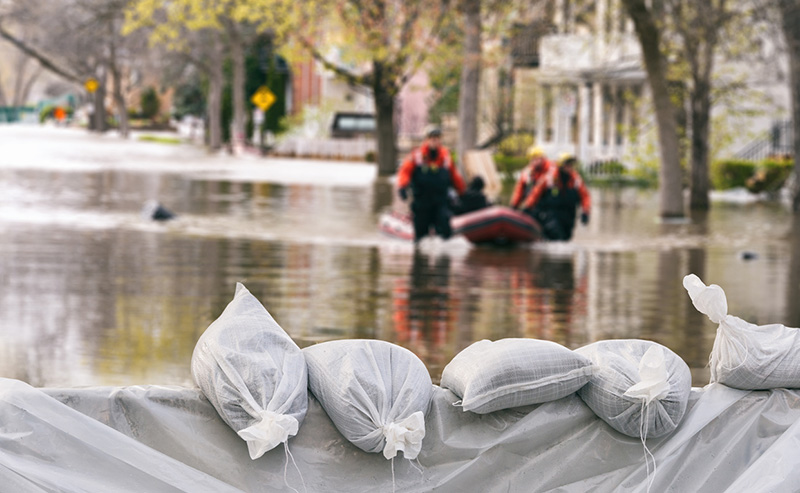2020 was a year for the record books, and in more ways than one. Aside from the obvious (and ongoing) COVID-19 pandemic, our nation endured numerous and extraordinary natural disasters. In fact, and according to a recent report from the National Oceanic and Atmospheric Administration (NOAA), “The U.S. experienced a record-smashing 22 weather and climate disasters that killed at least 262 people and injured scores more” in 2020. Just as concerning, the NOAA report indicates that damages from these events exceeded $1 billion each, reaching approximately $96 billion in total.
Among last year’s costly extreme weather and climate-related disasters were:
- 1 drought and heatwave event (summer/fall across Western and Central U.S.)
- 10 severe weather events (including the Midwest derecho and Texas hail storms)
- 3 tornado outbreaks (including the Nashville tornado and Easter outbreak)
- 7 tropical cyclones (Hanna, Isaias, Laura, Sally, Delta, Zeta, and Eta)
- 1 wildfire event (Western wildfires focused across California, Colorado, Oregon, and Washington)
Given the frequency and severity of such disasters in 2020, it’s only natural to wonder (and perhaps, worry) about what 2021 may have in store. And, for a number of valid reasons.
Last year ended with “extreme and exceptional drought conditions enveloping about 22% of the contiguous U.S.–the largest expanse since August 2012,” says the U.S. Drought Monitor. It was also warmer than in year’s past. According to NOAA’s National Centers for Environmental Information (NCEI), the average temperature across the contiguous U.S. in 2020 was 54.4 degrees F (2.4 degrees above the 20th century average).
While those conditions set the stage for the most active wildfire season on record across the West in 2020, tropical disturbances in the Atlantic Ocean spawned 30 named storms (12 of which made landfall in the continental U.S.) during the Atlantic hurricane season. Of the 12 tropical cyclones, seven reached billion-dollar status, collectively costing roughly $40.1 billion. NOAA says this number accounts for “more than 42% of the total [96] billion-dollar price tag in 2020.”
Unfortunately, the first outlook for the 2021 Atlantic hurricane season (provided by the forecasters at Colorado State University), indicates that we may be in for another active year.
All that said, let us breathe a quick sigh of relief that 2020 is finally over and recommit ourselves to preparedness and resilience in 2021.






